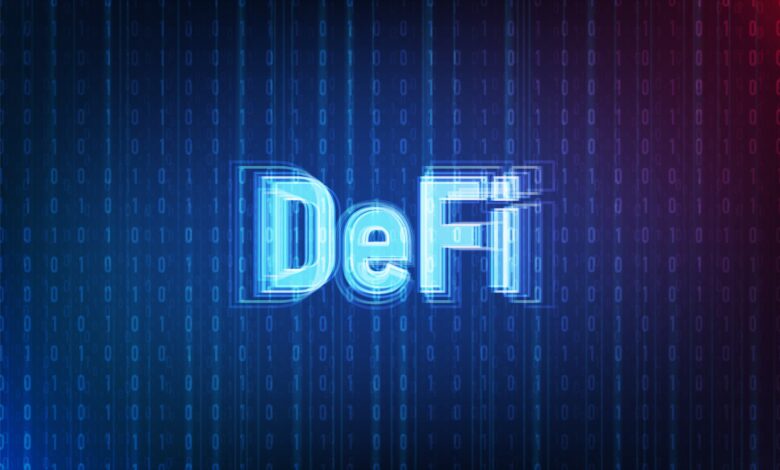The Future of DeFi- How Native Token Transfers Will Revolutionize Interoperability

The world of decentralized finance (DeFi) is built on blockchains, but these individual blockchains often operate in silos. This lack of communication between blockchains, known as interoperability, has been a major hurdle for DeFi’s growth. While wrapped assets emerged as a solution, they come with limitations. In this post, we will be looking at a new approach- native token transfers.
The Challenge- Blockchains Working in Isolation
Imagine a world where different countries used completely incompatible currencies. That is essentially the situation with blockchains today. Each blockchain has its own strengths and weaknesses, but users are often stuck within a single ecosystem. This limits innovation and hinders the overall growth of DeFi.
Wrapped Assets- A Stepping Stone but with Shortcomings
Wrapped assets were a breakthrough that allowed users to move their holdings between blockchains. For instance, Bitcoin (BTC) could be wrapped into an ERC-20 token on the Ethereum blockchain, enabling its use within Ethereum’s DeFi applications.
However, wrapped assets have drawbacks:
- Liquidity fragmentation- Wrapped assets often exist in multiple versions across different blockchains, leading to fragmented liquidity and a less efficient market.
- Loss of functionality– Tokens sometimes lose their advanced features when wrapped, hindering their full potential.
- Centralized control– Wrapped assets rely on smart contracts that hold and manage the underlying tokens, introducing a degree of centralization.
The Future of DeFi- Native Token Transfers
Native token transfers offer a more elegant solution. Here is how it works:
- Native deployment- Projects deploy their original tokens directly onto multiple blockchains.
- Interoperability layers- Specialized protocols facilitate secure transfers of these native tokens between blockchains.
This approach offers several advantages:
- Unified experience– Users interact with the same token regardless of the blockchain, ensuring a seamless experience.
- Preserved functionality- Tokens retain their original characteristics and functionalities across chains.
- Improved liquidity– Native tokens avoid fragmentation, leading to a more efficient market.
- Decentralized control– Projects maintain complete control over their tokens on each blockchain.
There are two main methods for native token transfers:
- Burn and Mint- The original token is burned on the source chain, and an equivalent native token is minted on the destination chain. Circle’s Cross-Chain Transfer Protocol (CCTP) is an example of this approach.
- Liquidity Networks- Networks of market makers or exchanges facilitate transfers by accepting the native token on one chain and issuing the native token on the other. Wombat exchange is a popular example.
Wormhole Native Token Transfers (NTT)- A Powerful Framework
Wormhole, a leader in blockchain interoperability, has introduced Wormhole Native Token Transfers (NTT). NTT provides a flexible and open-source framework for developers to build secure and efficient native token transfers. Here are some key features of NTT:
- Seamless transfers- Users can transfer tokens between blockchains in a single step.
- Reduced fees- No liquidity pool fees or slippage risks are involved.
- Project control- Projects retain ownership, upgradeability, and customization of their tokens on each chain.
- Open and customizable- NTT is designed for broad adoption and integration with various token standards and governance systems.
- Strong security- NTT leverages Wormhole’s secure messaging protocol and offers advanced security features like rate limiting and global balance checks.
Key Differences between Wrapped Assets and Native Token Transfers
| Feature | Wrapped Assets | Native Token Transfers |
| Token Deployment | Wrapped on a single chain | Native deployment on multiple chains |
| User Experience | Different wrapped versions for each chain | Consistent experience across chains |
| Functionality | May lose functionality on other chains | Retains original functionality |
| Liquidity | Fragmented liquidity | Improved liquidity |
| Control | Centralized control by smart contracts | Decentralized control by project |
Final Thoughts- A More Connected DeFi Ecosystem
Native token transfers represent a significant step forward for DeFi. By enabling seamless and secure communication between blockchains, they pave the way for a more interconnected and user-friendly DeFi landscape. As NTT and other similar solutions gain traction, we can expect a future where blockchains work together to unlock the full potential of decentralized finance.





